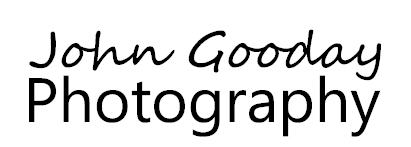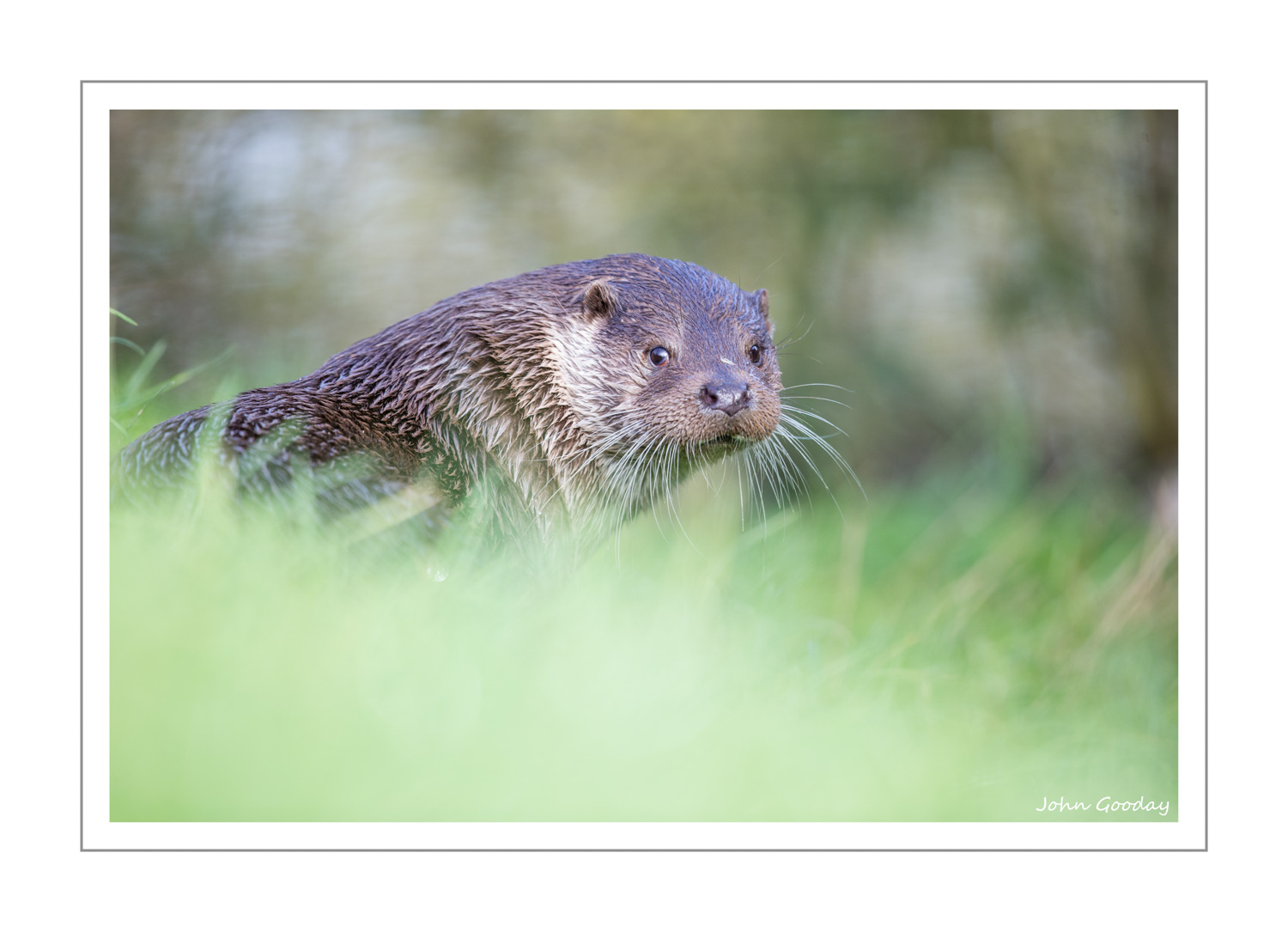Nov 14, 2014
There's nothing quite like falling into cold, smelly marsh water up to your neck in the middle of the night to make you question whether it's time to put the cameras away and go back home. But when the photographic opportunities are as good as this, you can put up with the occasional mouth full of water weed. Earlier this year I got the chance to test a new hide for uber-wildlife photographer Bence Mate. Set at water level in the marshes of Kiskunsagi National Park, Hungary, the hide had halogen lamps on the roof to illuminate a reed-bed pool at night. I spent three fascinating nights photographing the after-dark activities of herons, egrets... and a few rather unexpected visitors.
(Image: Black-crowned Night Herons stand motionless waiting for fish to swim within striking distance. Canon EOS 1DX, EF70-200mm f/2.8L IS II, 1/800 sec @ f/4, ISO 2500, tripod, hide)
Black-crowned Night Herons are very much the stars of this watery stage. I've always liked their roly-poly looks, outrageously long head feathers and the weird poses that they strike. At night they were more active than I'd ever seen them before. Every night groups of them congregated in the shallow water, sometimes motionless for minutes at a time before lunging for a fish. Occasionally a territorial squabble would break out - they seemed to get especially annoyed at the presence of Little Egrets. There were bizarre scenes in which thin, fragile egrets and short dumpy herons would face each other, feathers puffed up, seemingly trading insults across the pond before one or other would huffily stalk off into the night.
(Image: A Little Egret and a Night Heron having a dispute about who's pool it is. Canon EOS 1DX, EF70-200mm f/2.8L IS II, 1/160 sec @ f/5, ISO 2000, tripod, hide)
At twilight, when there was still faint light in the sky, some striking colour effects were possible. Halogen lights produce an orange - yellow glow which can be compensated for by setting the camera's white balance to a low setting (typically 2500 - 2800 K). This white balance adjustment ensures that the birds illuminated by the lights come out the right colour. However, the setting also changes the appearance of residual natural light in the sky, shifting it to the blue end of the spectrum. I quite like the overall effect, but I guess it may be a love-hate sort of thing.
(Image: Great Egret catching a fish. Canon EOS 1DX, EF70-200mm f/2.8L IS II, 1/1000 sec @ f/4, ISO 1250, tripod, hide)
(Image: Night Heron holding its prize at nightfall. Canon EOS 1DX, EF70-200mm f/2.8L IS II, 1/1000 sec @ f/4, ISO 2000, tripod, hide)
Shooting at night is not without its pitfalls. One night, at about 3am, I decided to stretch my legs for a bit. Turning off the lights so that I wouldn't be seen leaving the hide I made my way back along the path through the reed beds. Unfortunately, in the dark I slipped and fell into the marsh. I squelched back to Bence's farmhouse, showered and changed and returned. The next morning Bence and his team found my mud and weed covered clothes on the line outside. I think they believed that I'd decided to go for an evening swim...
On the second night, I was amazed to see an otter. It appeared at the edge of the pool and then dived in and began catching fish. To be honest, I struggled to get a high enough shutter speed to avoid motion blur - otters move quite quickly, and 2000W of halogen light isn't that bright over a wide area. . I managed a few more successful shots of the otter while it was eating some of the fish that it caught. I'm returning to the hide in a couple of months and I'll be taking along a couple of powerful Profoto B1 flashes which should enable me to freeze the otters this time. Watch this space...
(Image: A surprise visit from a European River Otter. Canon EOS 5D Mark III, EF 300mm f/2.8L IS, 1/200th sec @ f/2.8, ISO 3200, tripod, hide)
(Image: A Night Heron wrestling with a fish. Canon EOS 1DX, EF70-200mm f/2.8L IS II, 1/500 sec @ f/2.8, ISO 1600, tripod, hide)
(Image: A solitary Night Heron just before dawn. Canon EOS 5D Mark III, EF300mm f/2.8L IS, 1/320 sec @ f/3.5, ISO 1250, tripod, hide)










